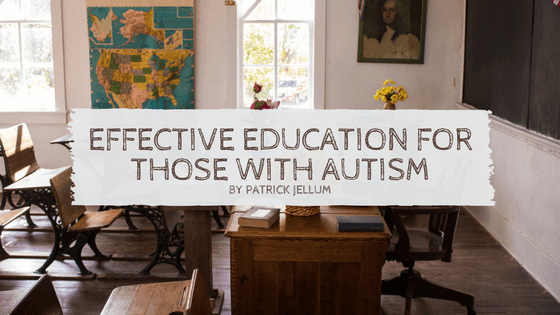Recent statistics from the United States Centers for Disease Control and Prevention estimate that autism manifests itself in roughly 1 of every 59 children. That’s up 15 percent from 2012, when a still-astounding 1 in every 68 kids across the United States was found to exhibit symptoms commonly found on the autism spectrum.
Still, Autism Speaks’ Chief Science Officer believes that such statistics “still [reflect] a significant undercount among our children,” as education records aren’t standardized enough or thorough across the 50 states.
In every single year since diagnoses of children exhibiting symptoms on the autism spectrum began being published – 1 in 5,000 children in 1975 – the prevalence of autism has increased.
Pseudoscientific followers have alleged various causes of autism, ranging from a positive correlation between mothers and children that had received vaccines for the measles-mumps-rubella virus, exposure to a once-common preservative called thimerosal, and the total of vaccines given to kids throughout their infancy and younger years, though none have been proven accurate.
Regardless of what really causes autism, whether that be increased awareness of the developmental and social disorder or environmental factors that no credible sources have discovered yet, one problem holds true: autistic children, adolescents, and adults learn differently than their “normal” counterparts.
Although parents and family members should never attempt to diagnose their children and relatives, all discussions should involve a definition of key terms that such debates revolve around.
What is autism?
Autism spectrum disorder encompasses several conditions, all of which hinge on various severities of social skill deficiencies, speech problems, nonverbal communication issues, and repetitive behaviors.
Children with the mental condition usually first show symptoms prior to three years of age.
Psychotherapy in the firm of applied behavioral analysis
Applied behavioral analysis (ABA) is an autism treatment program that generally requires the extensive, intensive application of practices that, in general, employ positive reinforcement to encourage behaviors that non-autistic children exhibit.
Parents experience most success by enrolling kids in school where ABA is weaved into curriculum.
Teach mathematic concepts with physical objects
Math is abstract, and difficult to understand for most everyone, autistic or not. Temple Grandin, a doctoral-degree-holding researcher in animal science and autism, shares, “I do not think in language. All my thoughts are like videotapes running in my imagination.”
Many other autistic people think in similar ways. As such, sharing the study of math through physical objects helps autistic students grasp concepts more thoroughly and quickly.

